Skateboarding is one of those activities that can bring people of all ages together, offering a unique blend of physical exercise, mental stimulation, and pure fun. Whether you’re a kid or an adult, skateboarding provides a dynamic way to stay active while building coordination, confidence, and a sense of community. From teaching kids essential life skills to helping adults rediscover their playful side, skateboarding is a versatile activity that caters to everyone. In this comprehensive guide, we’ll explore everything you need to know about skateboarding for kids and adults, including tips for beginners, the best equipment choices, and how this popular sport can benefit individuals of all ages and backgrounds. Whether you’re looking to introduce your family to skateboarding or embark on a new personal journey, this article has got you covered!
Key Takeaways
- Skateboarding is an excellent ADHD-friendly activity, combining physical exercise with mental stimulation to improve focus and energy management.
- It enhances motor skills and coordination, making it ideal for kids and adults looking to build strength and balance.
- The repetitive nature of tricks and maneuvers helps channel energy constructively, reducing stress and improving emotional regulation.
- Skateboarding fosters a sense of community, providing social interaction and boosting confidence through shared experiences.
- As a cardiovascular and strength-building activity, it releases endorphins, promoting relaxation and mental clarity.
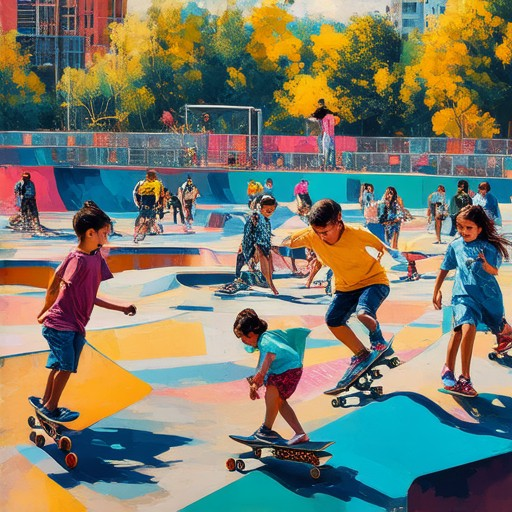
The Best Age to Start Skateboarding
There isn’t a one-size-fits-all answer to determining the perfect age to start skateboarding, as it varies depending on the child’s physical development, maturity, and interest. However, general guidelines suggest that children typically begin skateboarding around the age of 7 or older.
At this age, kids often have enough physical strength and coordination to manage basic maneuvers like balancing and pushing. They may also have a longer attention span, which is helpful when learning new tricks and techniques. However, younger siblings (under 7) can still give skateboarding a try if they show enthusiasm and have the necessary supervision and safety equipment.
Safety is paramount. Make sure your child has the physical strength and awareness to handle falls and injuries. Starting a bit later can help them build the confidence and skill level needed to enjoy the sport safely.
Professional skateboarders often began skateboarding in their teenage years, which provides them with more time to develop their skills and a deeper understanding of the sport. Encourage your child to start when they feel ready and motivated, and always supervise during the early stages to ensure they stay safe and interested in the activity.
What is the difference between adult and child skateboards?
The primary differences between adult and child skateboards lie in their design, functionality, and intended use. Here’s a breakdown of the key distinctions:
- Deck Size: Child skateboards typically feature a smaller deck compared to adult models. The smaller size makes them easier to control for younger riders with shorter legs and less body weight.
- Wheel Size: While most skateboards use the standard 54mm wheel size, child boards often come with slightly smaller wheels (usually 20mm diameter) to improve maneuverability and stability on smaller decks.
- Construction: Child skateboards are built to be more durable and impact-resistant due to their lightweight materials and simpler construction, making them safer for younger users.
- Grip Tape: Child skateboards may have softer grip tape or a smoother surface to prevent discomfort during long rides, while adult boards often feature more aggressive grip tape for better control at higher speeds.
- Weight Limits: Child skateboards are designed with lower weight limits, reflecting the lighter weight of young riders. In contrast, adult boards are built to handle heavier weights and offer more durability for frequent use.
- Intended Use: Child skateboards are specifically crafted for recreational riding and learning, focusing on safety and ease of use. Adult boards are optimized for more aggressive tricks and faster-paced riding.
These differences ensure that each type of skateboard is tailored to its target audience, providing a safe and enjoyable experience for both children and adults.
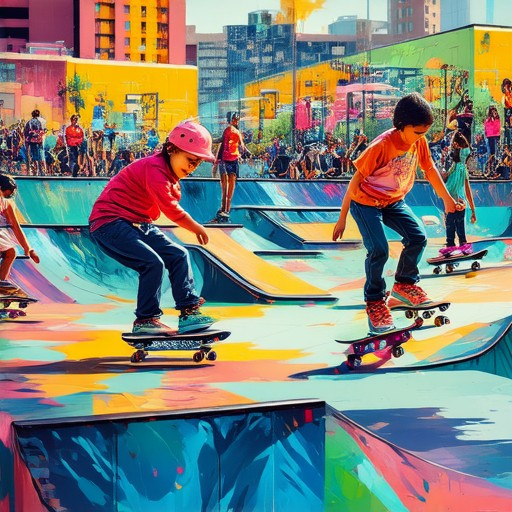
Is It Possible to Learn Skateboarding as an Adult?
We firmly believe that it is not only possible but also highly rewarding to take up skateboarding later in life. Many adults find that skateboarding offers a unique combination of physical exercise, mental relaxation, and social connection. With the right approach, anyone can master this sport regardless of age.
For those new to skateboarding, we recommend starting with the basics. Our guides on kickflipboards.com provide detailed steps for learning tricks, maintaining your board, and navigating common challenges. Whether you’re looking to cruise the park or pull off impressive maneuvers, our resources are designed to help you progress smoothly.
One of the most significant advantages of learning skateboarding as an adult is the ability to approach the sport with a mature mindset. This allows for better decision-making, safer landing practices, and a deeper appreciation for the nuances of the activity. Plus, skateboarding can be a fantastic way to meet new friends and join a vibrant community.
Here are a few reasons why adults should consider giving skateboarding a try:
- Physical Fitness:** Skateboarding is an excellent full-body workout that improves coordination, balance, and strength.
- Mental Health:** The repetitive nature of skating can reduce stress and anxiety while boosting confidence and creativity.
- Social Connection:** Skate parks are often hubs of social activity, offering opportunities to interact with like-minded individuals.
- Personal Growth:** Learning new tricks and mastering techniques can boost self-esteem and provide a sense of accomplishment.
Don’t wait—get out there and give it a shot! Visit our website to explore our complete guide on getting started with skateboarding as an adult. We’ve got everything you need to hit the streets with confidence and style!
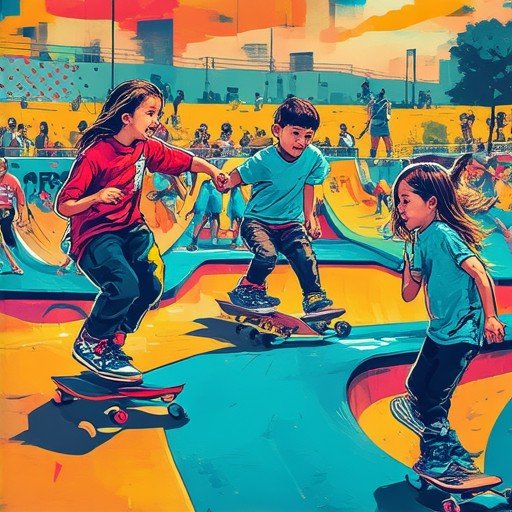
Is Skateboarding Good for ADHD?
Skateboarding can indeed be beneficial for individuals with ADHD due to its unique combination of physical activity and mental engagement. Here’s why:
- Physical Exercise: Skateboarding is an excellent form of cardio and strength training, helping to release endorphins and improve overall physical health.
- Mental Stimulation: It requires concentration, spatial awareness, and quick decision-making skills, which can help improve attention span and focus.
- Motor Skills Development: It enhances coordination and balance, which can be particularly helpful for those looking to improve sensory processing and motor control.
- Stress Relief: Engaging in a fun, dynamic activity like skateboarding can reduce stress and provide a sense of accomplishment, aiding in emotional regulation.
For adults and children with ADHD, activities like skateboarding offer a unique way to channel energy constructively while promoting cognitive growth. The repetitive nature of tricks and maneuvers can also boost confidence and self-esteem.
Kickflip Boards is a great resource for learning more about skateboarding techniques, gear, and cultural insights. Their guides and tips can help beginners get started and progress smoothly.
Learn more about skateboarding and its benefits for ADHD on Kickflip Boards .
What Sport Is ADHD More Likely To Win?
Children and adults with ADHD often find success in individual sports due to the ability to receive focused attention from coaches and the structured nature of these activities. Here are some sports that may be particularly well-suited for individuals with ADHD:
Individual Sports for Better Focus and Structure
- Swimming and Diving : These sports demand precision and timing, which can be challenging but rewarding with consistent practice. Proper breathing techniques and streamlined movements can help manage attention spans.
- Wrestling : A controlled environment where quick reflexes and strategic thinking are key. Coaches can tailor training to enhance focus and reaction times.
- Martial Arts (e.g., Brazilian Jiu-Jitsu) : Combines discipline with problem-solving under pressure. The dynamic nature of the sport can boost confidence and adaptability.
- Tennis : Offers a mix of strategy and physical activity. The structured gameplay and quick decision-making can be advantageous for those managing ADHD.
- Fencing : Requires intense focus and quick reactions. The mental challenge of anticipating opponents’ moves can be motivating.
- Horseback Riding : Involves coordination and control over the horse. Techniques like posting the pole and seat adjustments can help develop rhythm and balance.
Each of these sports can be tailored to suit individual needs, offering structured environments that may help manage ADHD symptoms effectively. With proper guidance and strategies, individuals with ADHD can thrive in these settings.
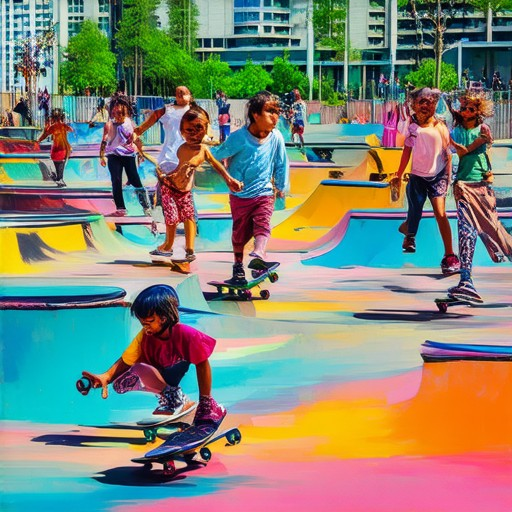
Does Skateboarding Affect Your Mental Health?
Skateboarding has a profound impact on mental health, offering numerous benefits that contribute to overall well-being. Whether you’re a seasoned skater or new to the sport, the effects on mental health are both positive and far-reaching.
Stress Relief
One of the most notable benefits of skateboarding is its ability to alleviate stress. The rhythmic nature of riding a board creates a meditative state, allowing individuals to escape the pressures of daily life. This unique combination of physical activity and mental focus helps clear the mind, reducing tension and promoting relaxation.
Mood Improvement
Engaging in skateboarding can significantly boost your mood. Completing tricks or mastering maneuvers provides a sense of accomplishment, which directly contributes to improved self-esteem and confidence. Over time, this positive reinforcement can help reduce feelings of anxiety and depression, fostering a more optimistic outlook on life.
Social Interaction
Skateboarding isn’t just a solo activity—it’s a social sport. Meeting others at local skate parks or spots creates opportunities for meaningful connections. This sense of community helps combat loneliness and builds relationships, further enhancing mental health.
Physical Exercise
The physical exertion involved in skateboarding releases endorphins, chemicals in the brain that promote feelings of happiness and relaxation. Regular participation in this activity can lead to improved mental clarity and a reduction in stress-related illnesses.
Conclusion
In summary, skateboarding offers a unique blend of physical exercise, mental stimulation, and social interaction, all of which contribute to better mental health. Whether you’re looking to reduce stress, improve your mood, or connect with a community, skateboarding provides a holistic approach to well-being. So why not give it a try? The board is waiting, and your mental health could benefit from this exhilarating pastime.
Kickflip Boards encourages everyone to explore the joys of skateboarding. Check out our deck maintenance guide for tips on keeping your board in top shape. For more information on the best gear and accessories, visit Skate Warehouse . If you need professional repair services, The Board Doctor is your trusted partner.
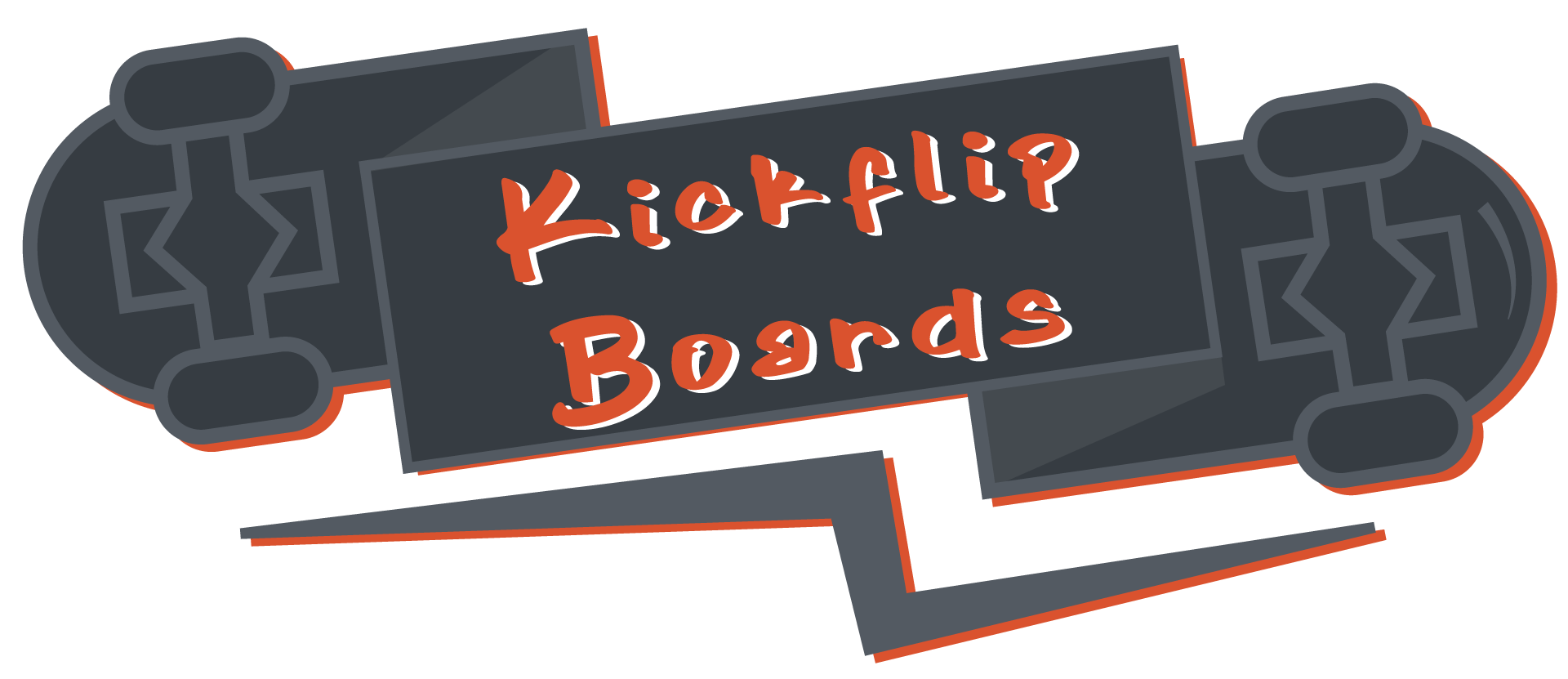



0 Comments